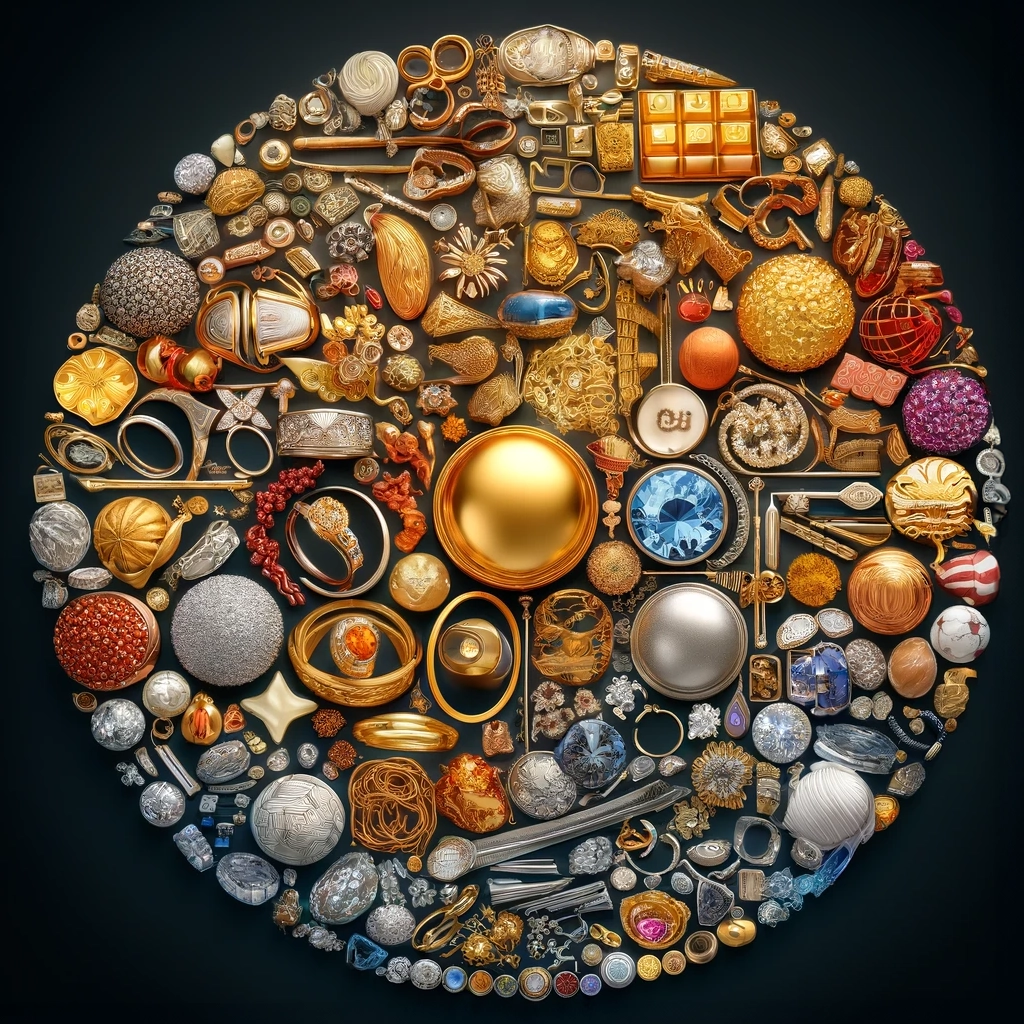The Elemental Beauty of Jewelry and Ornamentation
Introduction to Jewelry and Ornament
Jewelry and ornaments have not only adorned human societies through ages but have also served as a repository of cultural and material value. These decorative arts encompass a wide range of styles and functions, from symbolic and ceremonial uses to everyday fashion. This article explores the critical roles played by elements from the periodic table in shaping the history and future of these exquisite items.
Historical Perspective on Jewelry and Ornament
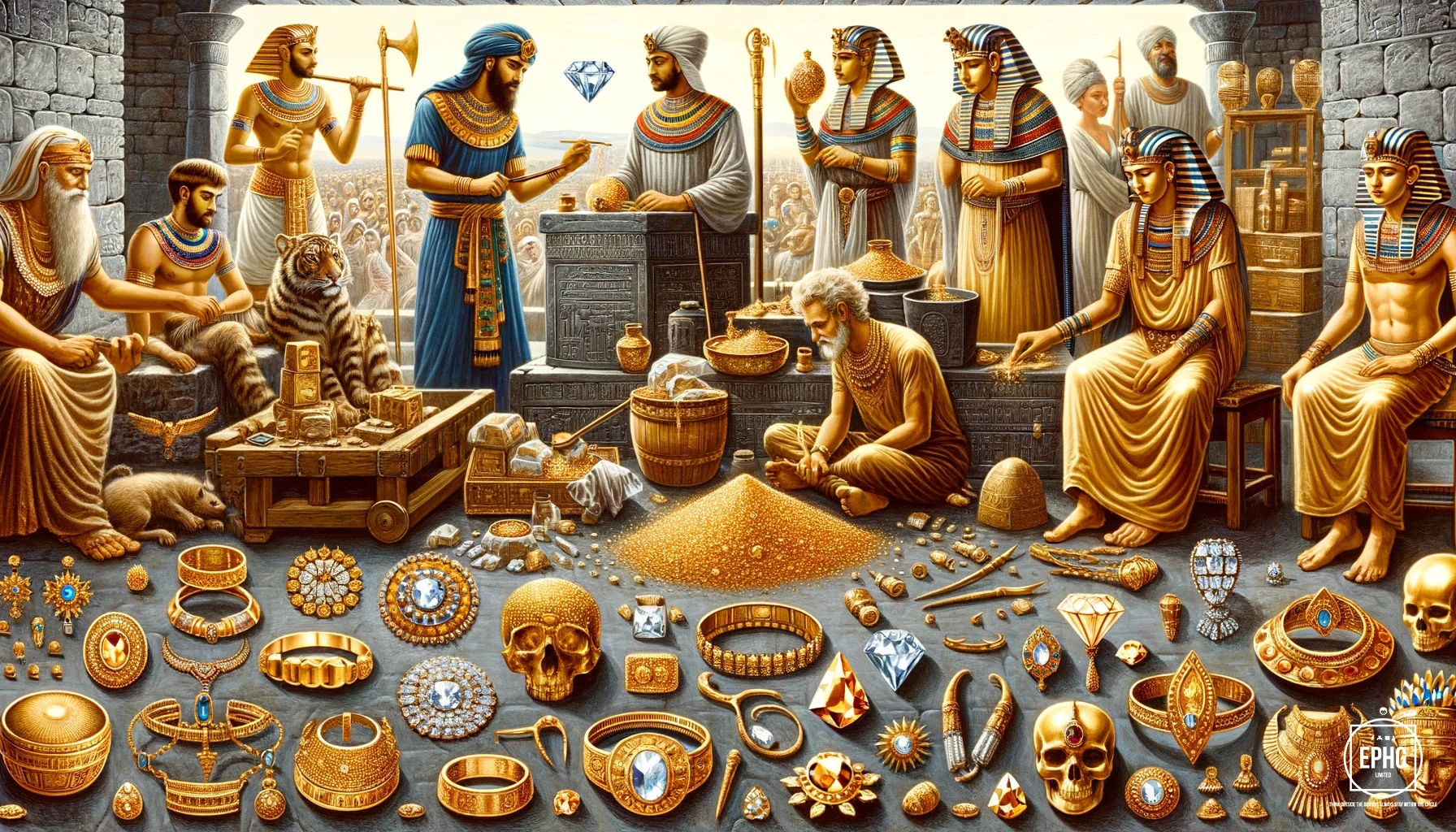
The use of metals like gold and silver in jewelry dates back to ancient civilizations, where they were prized for their luster, malleability, and rarity. These metals were often reserved for royalty and the elite, symbolizing wealth and power. Precious stones such as diamonds (carbon) have been used to signify power and status throughout history. The extraction and refinement of these elements have evolved significantly over time, influencing the techniques and styles of jewelry making. This evolution has led to a greater diversity of designs and more sophisticated methods of ornamentation.
Current Practices in Jewelry and Ornament

Today, jewelry making combines traditional craftsmanship with modern technology, resulting in a dynamic and innovative industry. Jewelers now utilize a variety of elements, including platinum and palladium, to create pieces that are both beautiful and durable. Advances in metallurgical techniques have enabled the creation of new alloys and treatments that enhance the aesthetic and functional qualities of ornaments. This blend of old and new methods allows for greater precision and creativity in the design and production of jewelry, making it more accessible and appealing to a broader audience.
Future Directions for Jewelry and Ornament
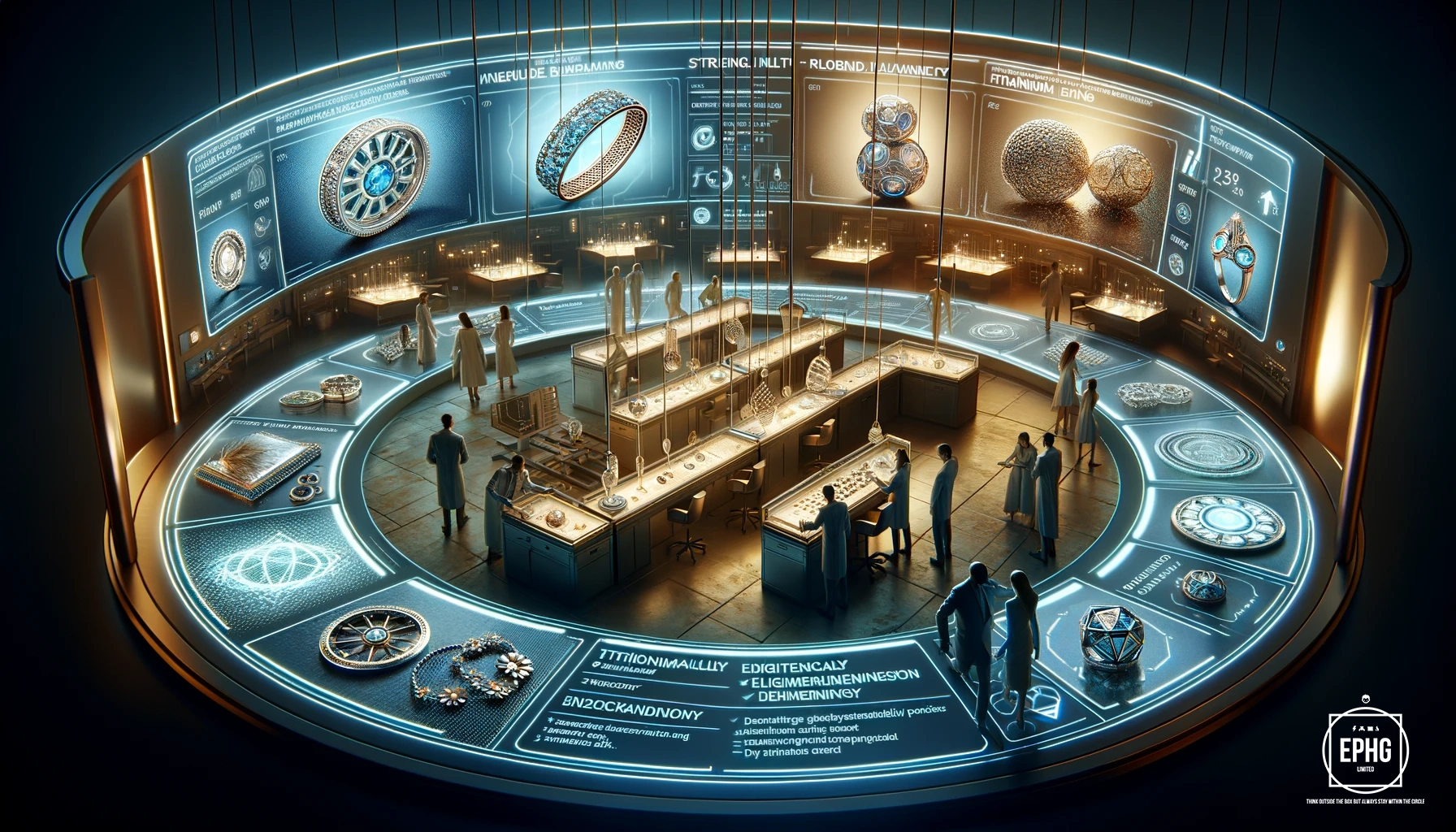
As the demand for sustainability grows, the jewelry industry is looking towards ethical sourcing and environmentally friendly materials. Research into less commonly used elements like titanium and rhodium offers new possibilities for innovation in design and wearability. These elements provide unique properties that can enhance the strength, lightness, and durability of jewelry pieces. The future of jewelry will likely see a blend of ancient allure and modern engineering, with a strong focus on reducing the ecological footprint. This shift towards sustainability reflects a broader trend in consumer preferences, driving the industry to adopt more responsible practices.
The Role of the Periodic Table in Jewelry and Ornament
The periodic table continues to play a pivotal role in jewelry making by providing a fundamental understanding of the elements and their properties. This knowledge is crucial for metallurgists and jewelers as they forge new frontiers in design and material science. By leveraging the properties of various elements, they can create jewelry that not only captivates with its beauty but also endures the test of time. Ensuring the beauty and longevity of ornaments while adhering to ethical standards of production is an ongoing challenge that the periodic table helps address, guiding the industry towards innovative and sustainable solutions.
Symbolism and Cultural Significance of Jewelry and Ornament

Jewelry and ornaments hold profound cultural and symbolic meanings across different societies. They often represent significant life events, such as weddings, births, and rites of passage. Various elements and stones are believed to possess unique properties and energies, influencing the design and purpose of these adornments. Understanding the cultural context and symbolism behind jewelry enhances our appreciation of its role in human history and personal expression.
Technological Innovations in Jewelry and Ornament Design
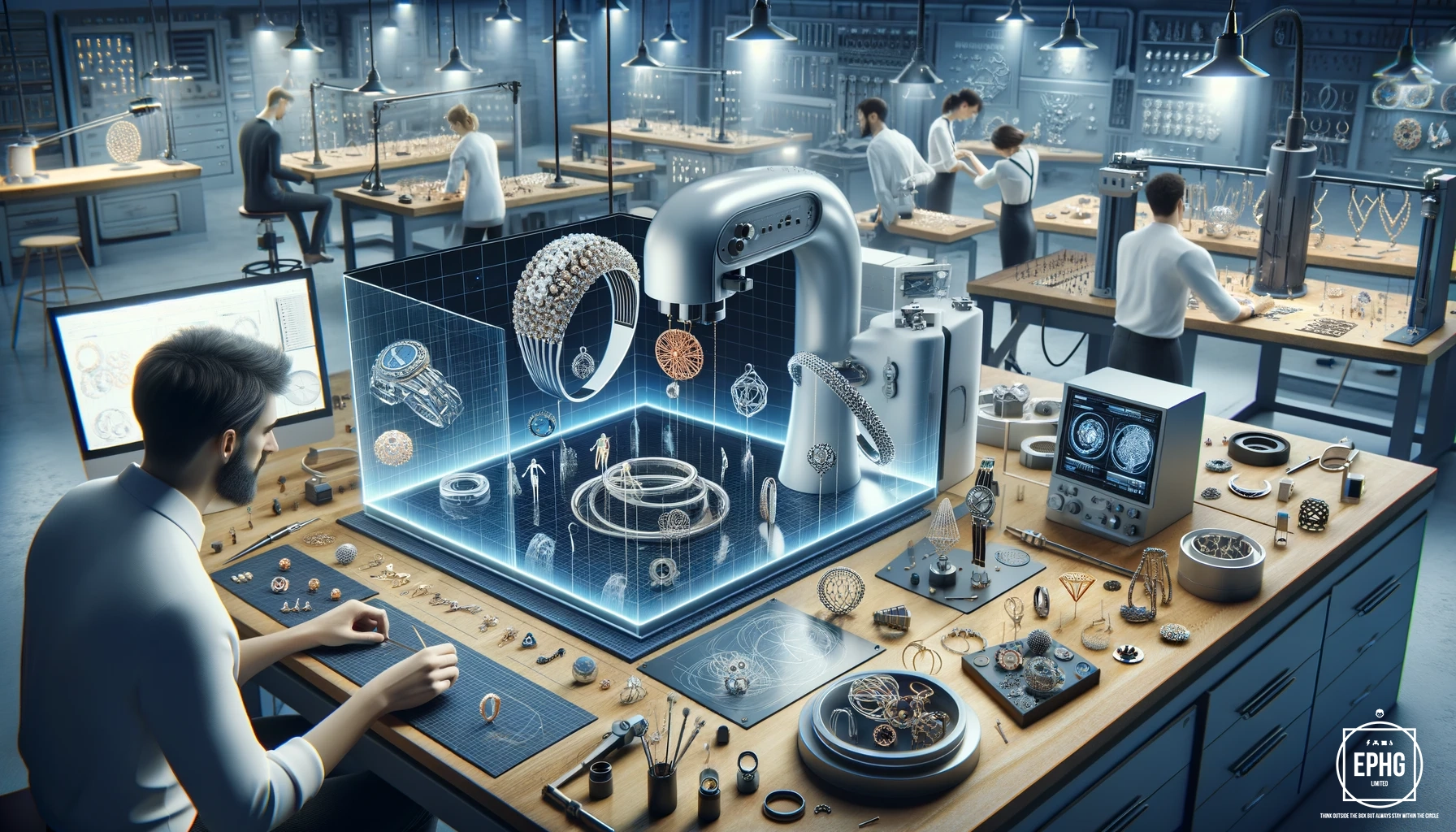
Technological advancements are revolutionizing the jewelry industry, introducing new methods of design and production. Techniques like 3D printing, laser cutting, and computer-aided design (CAD) have expanded the creative possibilities for jewelers, allowing for intricate and precise designs that were previously unimaginable. These innovations not only streamline the manufacturing process but also enable the creation of custom, one-of-a-kind pieces that cater to individual preferences and styles.
Economic Impact of Jewelry and Ornament
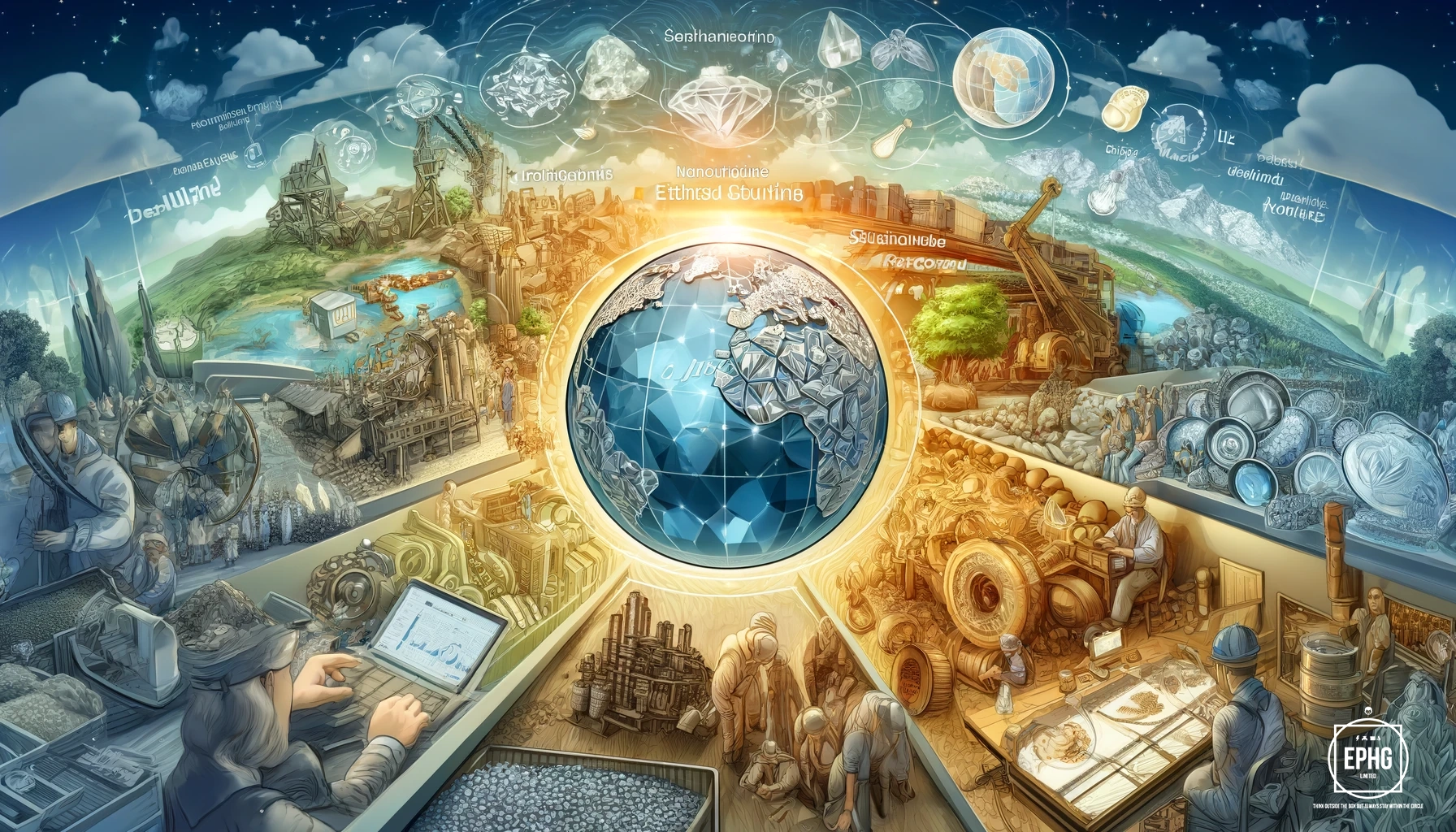
The jewelry industry significantly contributes to the global economy, providing jobs and driving economic activity in various sectors, including mining, manufacturing, and retail. The demand for precious metals and stones impacts global markets, influencing prices and trade policies. Additionally, the industry's focus on ethical sourcing and sustainable practices is shaping economic trends, promoting responsible consumption, and fostering fair trade initiatives that benefit local communities involved in jewelry production.
